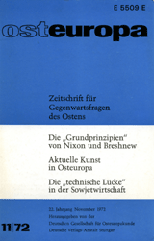
Keywords: Politics and Literature in Czechoslovakia;
More...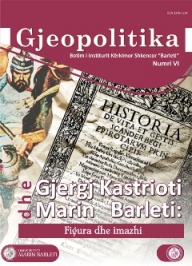
Keywords: Memorial Echoes ; Skanderbeg ; Venice ; XV-XIX Centuries
This paper deals with the diplomatic relations between the Kastriotis and the Venetian State.XV century The gifts the Venetian State bestowed to Scanderbeg, as a sign of honor: dresses, rewards for his commercial mediation (courtage), the inclusion in the ranks of the nobility, and the ownership over a building in town. XVI century 1. The undertaking of Scanderbeg’s nephew in the 1500s.: from Venice to Albania, to revive the deeds of his uncle. 2. The Duke of Ferrandina in Venice in the middle of 1500s: celebrations and black chronicle. XVII century From Lepanto Battle to the European fi ght aganst the Ottoman Empire in early 1600s: the big Scanderbeg’s statue in Bucintoro, Venice; new elements in the iconography of the statue. XVIII century Scanderbeg and the Venetian music of Antonio Vivaldi: in the world of libretisti. XIX century Scanderbeg and the revival of his myth in the 1800s: the Venetian theater society of Moro Lin and the theater shows on Scanderbeg)
More...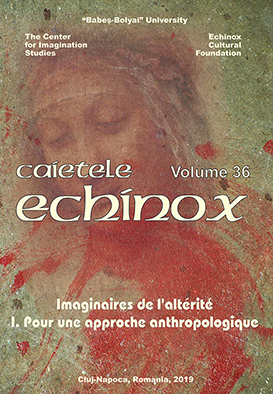
Keywords: Identity; I; Otherness; Endogenous Otherness; Exogenous Otherness; Other; Difference; Relational; Narcissus; Androgynous; Self; Self-other;
This journey through some aspects of a Polyphonic Other will allow us to understand how the notion of otherness, as described in the 19th century in its relation to itself, gives way timidly (in our highly narcissistic and egotistical societies), “to a quest for deep structures that shape identity in its relational aspect”, in other words, where any “question of the Other”, as suggested by Jean-Marie Benoist, must appear “as constitutive of identity”.
More...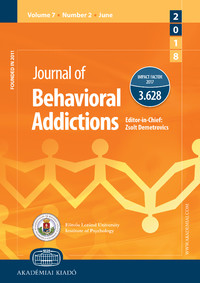
Keywords: adolescent; BDNF; Internet gaming disorder; melatonin; orexin A
Background and aims. Overindulgence in Internet gaming, which is related to rapid development of the online game industry, can cause a psychiatric disorder known as Internet gaming disorder (IGD). The number of adolescents with IGD is on the rise in countries with developed Internet technologies, such as South Korea. Therefore, it is important to develop biomarkers to detect patients at high risk of IGD. This study investigated expression levels of proteins in the blood of adolescents to provide insight into the development of biomarkers. Methods. We collected blood samples from 73 subjects [40 healthy adolescents (Internet gaming control, IGC) and 33 adolescents with IGD] between 13:00 and 15:00. We analyzed the expression levels of orexin A, oxytocin, cortisol, melatonin, BDNF, sICAM-1, RANTES, and NCAM using multiplex assay kits. Results. Orexin A was significantly (p = .016) elevated in the IGD group and the expression levels of melatonin tended to be higher (p = .055) in the IGD group. On the other hand, increased Internet gaming time in the IGD group was negatively correlated (p = .041) with expression of BDNF. On the contrary, sICAM-1 associated with inflammation exhibited the tendency of the positive correlation (p = .073) with Internet gaming time in the IGD group. Discussion and conclusions. We identified elevation of orexin A in the peripheral blood of adolescents with IGD and a negative correlation between Internet gaming time and BDNF in adolescents with IGD. Our results provide useful information to understand the pathophysiology of IGD in adolescents.
More...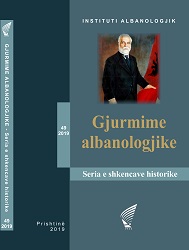
Keywords: Treaty of Lausanne; Greek-Turkish agreement; exchanging population; Albanian cooperation with Greece;
In the period between the two world wars one of the international treaties that echoed but also brought many problems and was widely discussed was the Treaty of Lausanne. The treaty was signed on January 30, 1923, between Greece and Turkey, the two Balkan states where as the main topic was the exchange and displacement agreement of the population between the two countries. This agreement and especially the issue of the exchange of the population between the two countries would indirectly affect Albania because in this exchange as an "exchanged minority" was included the Albanian Muslim population of the province of Chameria. Both countries and their governments did not recognize the nationality of this Albanian population, did not acknowledge the existence of the province as a notion, but also the separation of religion and the state. And this strategy was very much in line with the policies that would be followed by both governments, through which they would have it easier to carry out the population exchange. This fact caused the exasperation of the Albanian party and the increasing of its efforts in the international arena to accomplish the rescue of this population so it wouldn’t be part of this exchange. This treaty would later be a factor that would also affect the newly established Albanian-Turkish relations. As the Albanian Government couldn’t find a way of cooperation with Greek government, it had to return to discussions with the Turkish party. This pressure was made at a time when Albania's position had just been affirmed in Turkish diplomacy. Specifically, for this reason Turkey's position has been initially pro to this exchange in favor of the Greek side causing a great indignation in the Albanian diplomatic circles and the Albanian Colony of Istanbul. After, by increasing the course of talks and efforts in the diplomatic field and also trying to convince the government of Ankara, the latter was more disposed towards the Albanian Orthodox population, being in its best interest for it to be Albanians than Greeks. The government of Ankara somehow changed its political course by setting as a condition the determination and implementation of the criteria for the exchanged population. The main sources of these materials in this article are: The archive of the Ministry of Foreign Affairs of Albania and the Archives of the Turkish Republic, as well as the various historical publications of this period as well as newspapers from 1920-1930.
More...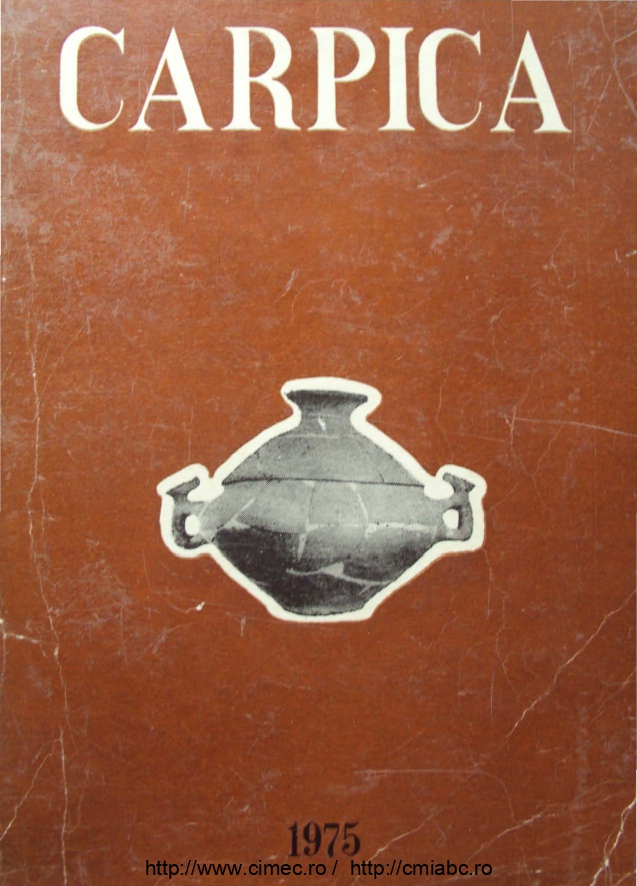
Keywords: Roman Imperial Coinage;Hertioana de Jos,Traian(Bacău);
Articolul prezintă tezaurul de denari romani imperiali descoperit la Hertioana de Jos (com. Traian, jud. Bacău).
More...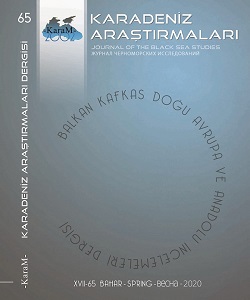
Keywords: Divan-ı Hikmet; Kokshetav Copy; Vocal Harmony;
Vocal disharmony is one of the most important issues regarding Chagatai Turkish and contemporary Karluk dialects. Studies on these dialects also focus on this issue. Especially, Kemal Eraslan found eleven suffixes which were contrary to palatal harmony in Chagatai Turkish texts. When we look at the vocal harmony of the Kökşetav (Kazakhstan) copy of Divân-ı Hikmet, it is seen that there is no vocal harmony between various words and suffixes. In this article, vowels were examined in terms of palatal harmony and labial harmony. Also, consonants were classified and examined in terms of voiced + voiced and unvoiced + unvoiced consonants. Vocal disharmony in root and stem of the word which results from some sound changes, were examined. Nearly fifty suffixes were found which caused to vocal disharmony. Frequency of occurrence of the suffixes which stayed out of this harmony, changes in the text. We can see some of these suffixes contrary to general use from the beginning of the texts. Many suffixes which changes in terms of vocals, stem from different reasons, caused to vocal disharmony. In this article, vocal harmony in Divân-ı Hikmet were examined.
More...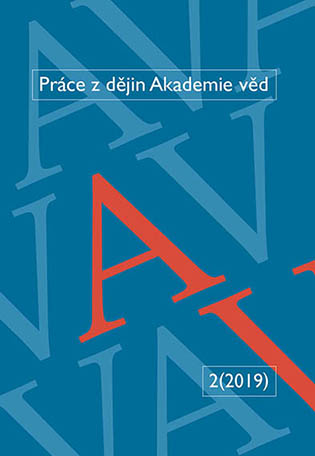
Keywords: Czech Technical Foundation; Czech Technical College; assocations; publishers;foundation
This article deals with the historical development of the Czech Technical Foundation, established in 1895, which specialized in publishing technical literature written in Czech. From the outset this society was closely associated with individuals active at the Czech Technical College as well as engineers from prominent industrial enterprises. In 1953 it was merged with other publishing houses to form the State Technical Literature Publishing House. Its activities were resumed in 1990. In addition to its publishing activities, its members were also interested in supporting the development of technical sciences by means of endowment funds and literary prizes.
More...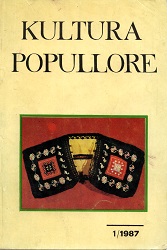
Keywords: Albania; Tirana district; worker's family; development;
Familja jonë është në zhvillim të pandërprerë, dukuri kjo që kushtëzohet nga përsosja e parreshtur e bazës ekonomike dhe materialo-teknike të socializmit, nga shndërrimet e superstrukturës, nga ngritja e nivelit arsimor e kulturor të masave punonjëse, nga thellimi i revolucionit ideologjik në të gjitha fushat e jetës. Në periudhën e sotme, për vetë natyrën e saj të veçantë e disi të pavarur, familja zhvillohet më me ngadalësi, mbetet më mbrapa në raport me zhvillimin e përgjithshëm shoqëror. Megjithatë, kjo është relative. Те ne familja me tipare socialiste përbën tipin e familjes që sa vjen e konsolidohet në gjirin e shoqërisë sonë.
More...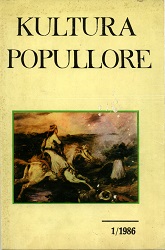
Keywords: Albania; Shtjefën Gjeçovi; ethnography; education;
Periudha e Rilindjes Kombëtare nxori në shesh një numër të madh individësh, të cilët me fjalë e me penë dhanë ndihmesë të çmueshme për zgjimin e ndërgjegjes kombëtare ndër masat më të gjera popullore, duke i mobilizuar këto në këtë mënyrë që me armë në dorë të ngrihen kundër zaptuesit osman për të fituar autonominë dhe lirinë. Në këtë periudhë u ngjall një interesim i madh te punëtorët e penës e të kulturës për historinë dhe traditën popullore, për vlerat e larta të saj, për gjuhën shqipe e folklorin shqiptar, të cilat ndihmuan për zgjimin e vetëdijes kombëtare, për ta flakur sa më parë zgjedhën e robërisë shekullore të pushtetit tiranik turk.
More...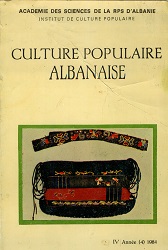
Keywords: bibliography; ethnography; folklore; 1982;
More...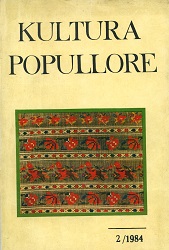
Keywords: Albania; Kabaja; musical instrument; polyphony;
Kabaja është një formë e polifonisë popullore instrumentale që ze vend të gjerë në repertorin e sazeve. Ajo karakterizohet nga improvizimi dhe variacioni i li-rë i ngritur mbi një fillesë muzikore modale, nga rrjedha e natyrshme e figuracionit meloritmik, nga temperamenti i gjallë plot hove e shpërthime. Sfera e saj emocionale e prirë drejt lirikës pasionante sjell dhe nota epizmi, dhembje, diku-diku protestë dhe dramatizëm. Ndjesia në interpretim, herë e ngrohtë dhe herë e vrullshme, gjallëria e shprehjes së mendimeve, hareja dhe optimizmi që bart zakonisht vallja finale-janë dukuritë që shquajnë përmbajtjen e kabasë.
More...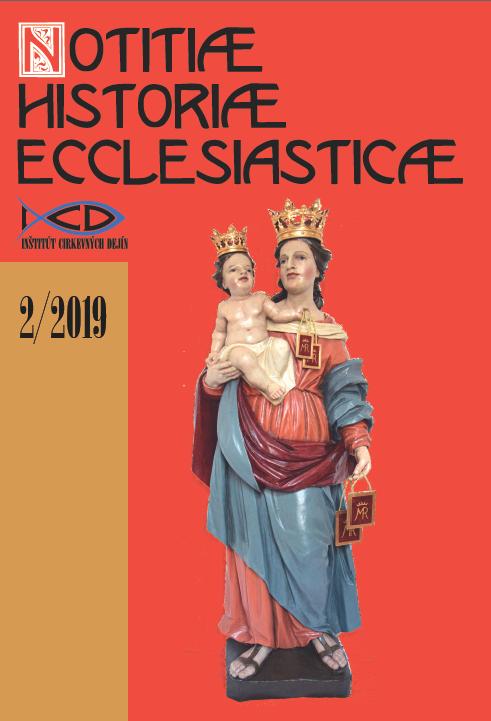
Keywords: 19th century; Brno; Czech Catholic theology; Czech literature; Czech national revival; Matěj Procházka; Sušilova družina
Matěj Procházka (1811 – 1889) was an important figure of ecclesiastical and national life in Moravia in the 19th century and a member of the circle around Professor František Sušil, the so-called Sušilova družina. Unfortunately, he has been forgotten by later generation, including ours. This study summarises and presents the results of our historical research into Procházka’s life and personality and the interest shown in him by his contemporaries and further generations. Procházka’s biography covers five chapters of this study. They follow chronologically and present his work as a pedagogue, a revivalist and a writer. The sixth chapter examines his personality, his overall characteristics, the epithets given to him by his contemporaries and a short comparison between him and his friend Sušil. The last part of this study shows the decline of the interest in Matěj Procházka by following generations up to the present. We also try to understand the above mentioned facts and show what Procházka’s legacy can be for us.
More...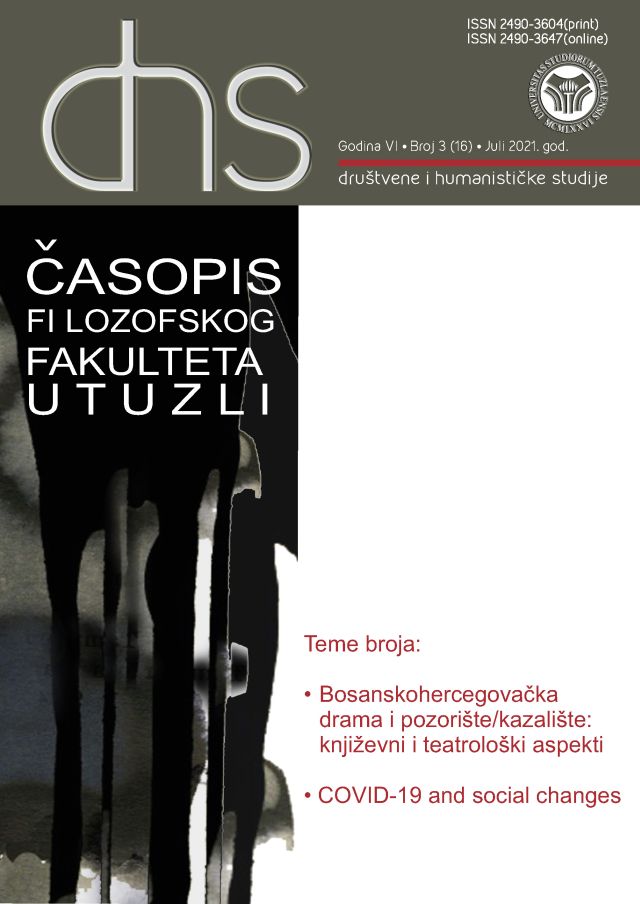
Keywords: values; COVID-19; trust in institutions; Southeastern Europe; compliance with measures;
The paper aims to investigate the theoretical assumption that the value system (according to the Schwartz model) is associated with compliance with recommendations to combat the spread of the COVID-19 pandemic. According to the theoretical assumption, persons whose value system emphasizes social focus and whose values are self-transcendence and conservation will comply with measures to a greater extent. On the other hand, people whose value system is focused on personal focus and whose values self-direction and openness to change will be less compliant with measures for combating the spread of the virus. The research was conducted in three Southeastern European countries – Bosnia and Herzegovina, Croatia and Serbia using a survey of 1024 students. The Schwartz scale on basic human values was used as a research instrument. The research was conducted at the very beginning of the pandemic (March and April 2020). The results of the hierarchical regression showed that the values of openness to change (personal focus) and conservation (social focus) are significant predictors of compliance with measures and trust in institutions and sex.
More...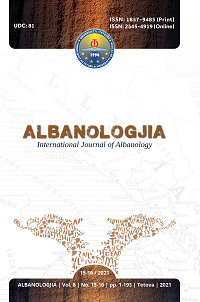
Keywords: E drejta zakonore; Kanuni; Lekë Dukagjini; Durham; Hasluck; Yamamoto
Qëlimi i këtij punimi është trajtimi i disa aspekteve që kanë të bëjnë me të drejtën zakonore shqiptare “Kanuni i Lekë Dukagjinit”, të bëra nga Edith Durham, Margaret Hasluck dhe Kazuhiko Yamamoto. Me këtë rast do të vëmë në pah mendimet dhe vlerësimet e këtyre tre studiesve të shquar të antroplogjisë shqiptare. Përpjekjet e studiuesve në studimin e së drejtës zakonore shqiptare, nuk kanë reshtur asnjëherë, mirëpo ato u intensifikuan pas Luftës së Dytë Botërore dhe veçmas në dekadat e fundit të shekullit të kaluar (XX). Në studimet e tyre ata fokusohen në aspekte relevante të kësaj vepre monumentale të etnokulturës shqiptare. E. Durham është e mendimit se Lekë Dukagjini duhet të ketë qenë një personalitet i fuqishëm i kohës së tij, ndërsa Kanuni i Lekë Dukagjinit, i përngjan me ligjet e fiseve të vendeve të tjera. Ajo hedh dyshimin se ai mund të jetë krijuar më herët sesa në shekullin XV. Margaret Hasluck, të drejtën zakonore shqiptare e sheh si mjet i kuptimit të bazave themelore logjike të këtij kodi si dhe zbatimin e tij në praktikë; K.Yamamoto përqëndrohet tek aspekte etike të Kanunit, gjithnjë në kërkim të gjetjes së elementëve etikë, duke i krahasuar ata me traditat antike japoneze. Analizat kritike të teorive të Hobbes, Rousseau, Nietzsche dhe Girard, e shpien atë te propozimi i një teorie të re, e cila ngulmon në idenë se një shoqëri pa pushtet shtetëror ka etikë dhe rend shoqëror, që zhvillohen në mënyrë të vetvetishme në bazë të besimeve fetare pagane.
More...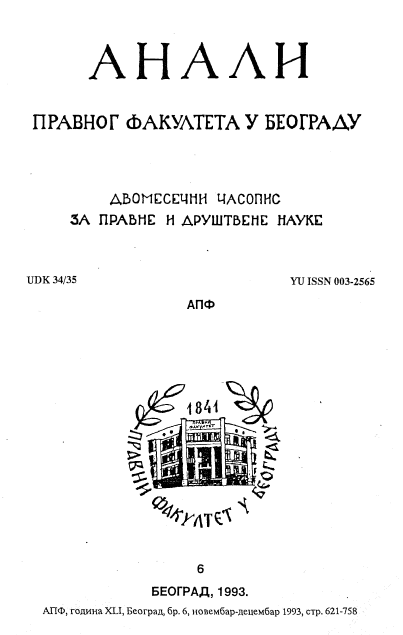
Keywords: Legal precept; Legal norm; The sense of norm; Interpretation
The relationship between a legal precept and legal norm should be set in a different way. According to corresponding analysis, legal precept is an elementary unit of a statute or some other legal text, which appears as a statement in a determined form (article of paragraph, and their lower-level parts, i.e.: subsection, item, or even sub-item, provided it makes a meaningful entirety), while legal norm is a statement which is derived, construed or reconstrued out of legal precepts and the one which, as such and in a continued process, could be reduced to the very sense of precepts. The sense of legal precepts may be determined (mainly by legal science) in an absolute, abstract manner, or entirely (in judicial practice) in relation to an actual situation which should be settled. In the first instance, legal norm derived out of legal precepts, namely the sense derived out of them, refers to all those actual situations characterized by identical basic features. There is no significant difference in this case, except in the degree of generality, between the legal precept or precepts, and the legal norm as relating to the actual situations encompassed by it (by them). However, the legal norm obtains its full capacity - namely, sense - only after resolving specific actual situations, exactly due to nuances distinguishing them. The emphasis is placed at this second instance - determining the sense of legal precepts (deriving a legal norm out of them) in relation to a given situation, since the interpretation depends, as far as meaning is concerned, on the texts itself, but also on the person making it and his cultural environment, the system of values, as well as the very actual situation which is the subject of judicial decision. Similarly to a ball, the truth may be seen in a given moment only from one side, while trying to look at the other, the first one is lost out of sight. Are the issues elaborated as well as analyzed in the present article in a somewhat peculiar way (namely, looked "from the other side") only of a terminological nature? Do they reveal, at least partly, the truth of the discussed matter (i.e. legal norm, interpretation of law, and the law itself)? Indeed, finally, the law includes not only the positive law (which has long been the habit in understanding it), but also the objective law.
More...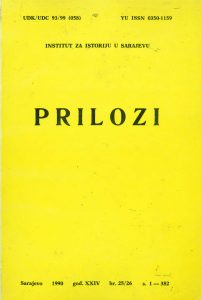
Keywords: Czech; Bosnia and Herzegovina; Labor movements; WWI;
Die Kontakte zwischen der tschechischen und bosnisch-herzegowinischen Arbeiterbewegung entwickelten sich im Zeitraum vor dem ersten Weltkrieg in zwei Grundlinien. Die erste Linie wurde durch die Tätigkeit der vor dem Jahr 1914 in Bosnien und der Herzegowina wirkenden tschechischen Arbeiter repräsentiert, die andere wurde durch die gegenseitigen Beziehungen zwischen der tschechischen und der bosnisch-herzegowinischen sozialdemokratischen Partei gebildet.
More...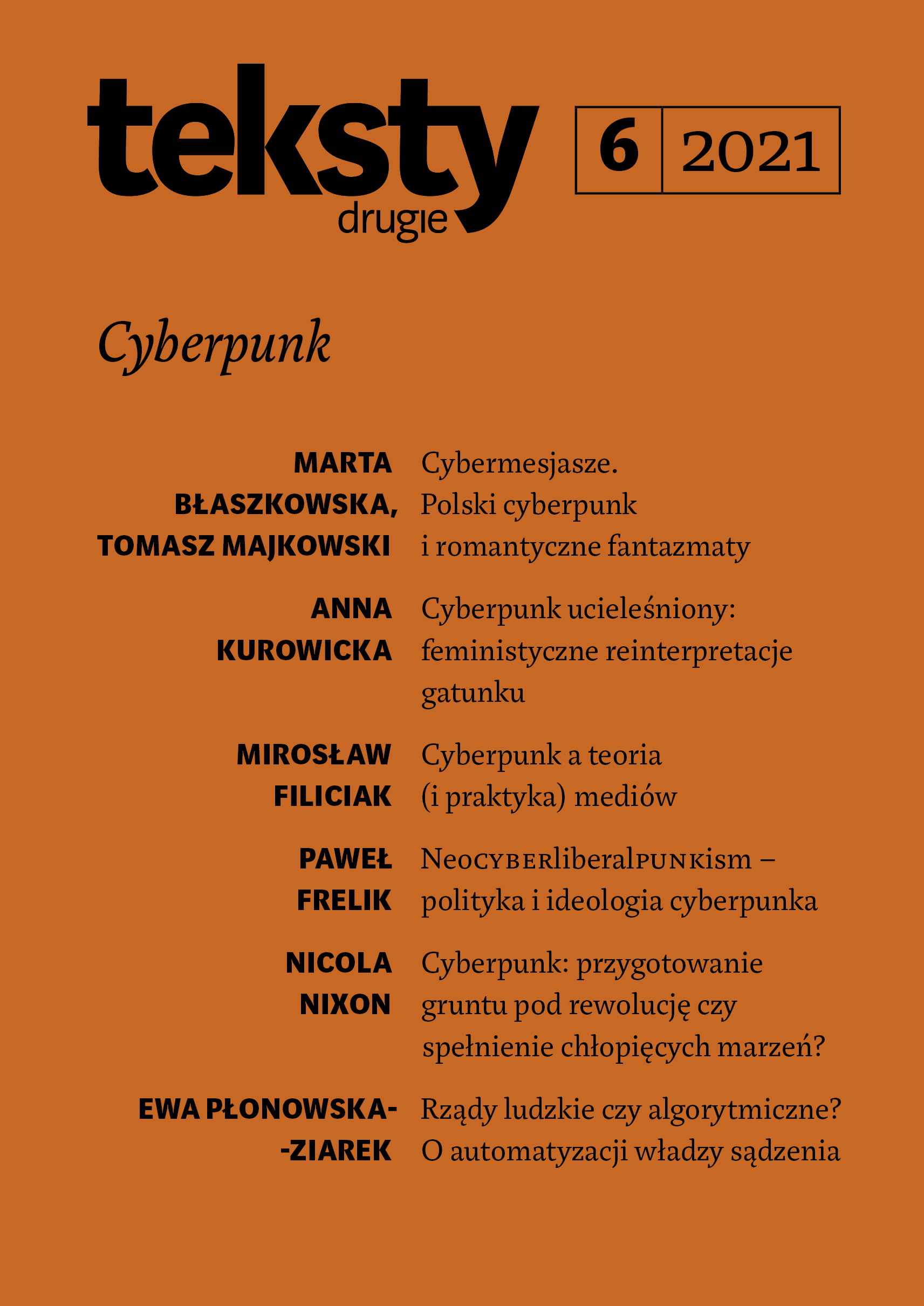
Keywords: portmanteau; contaminations; Alice’s Adventures; Jabberwocky; Grzegorz Wasowski; Lewis Carroll;
Grzegorz Wasowski saturated his translation of Alice’s Adventures in Wonderland withportmanteaus, although Lewis Carroll only used in the sequel (Through the Looking-Glass).Brajerska-Mazur discusses the structure of the portmanteaus created by the translatorand the uniqueness of his translation, which deviates both from the rules of the Polishlanguage and from the norms of translation – not only on account of the excessive puns.Wasowski behaves like another author, often assuming a role that seems more prominentthan the original author’s. Still, his tactics are often successful and harmonise with theabsurd atmosphere of the book, which raises questions about the fluid the boundarybetween translation, adaptation and being inspired by someone else’s work.
More...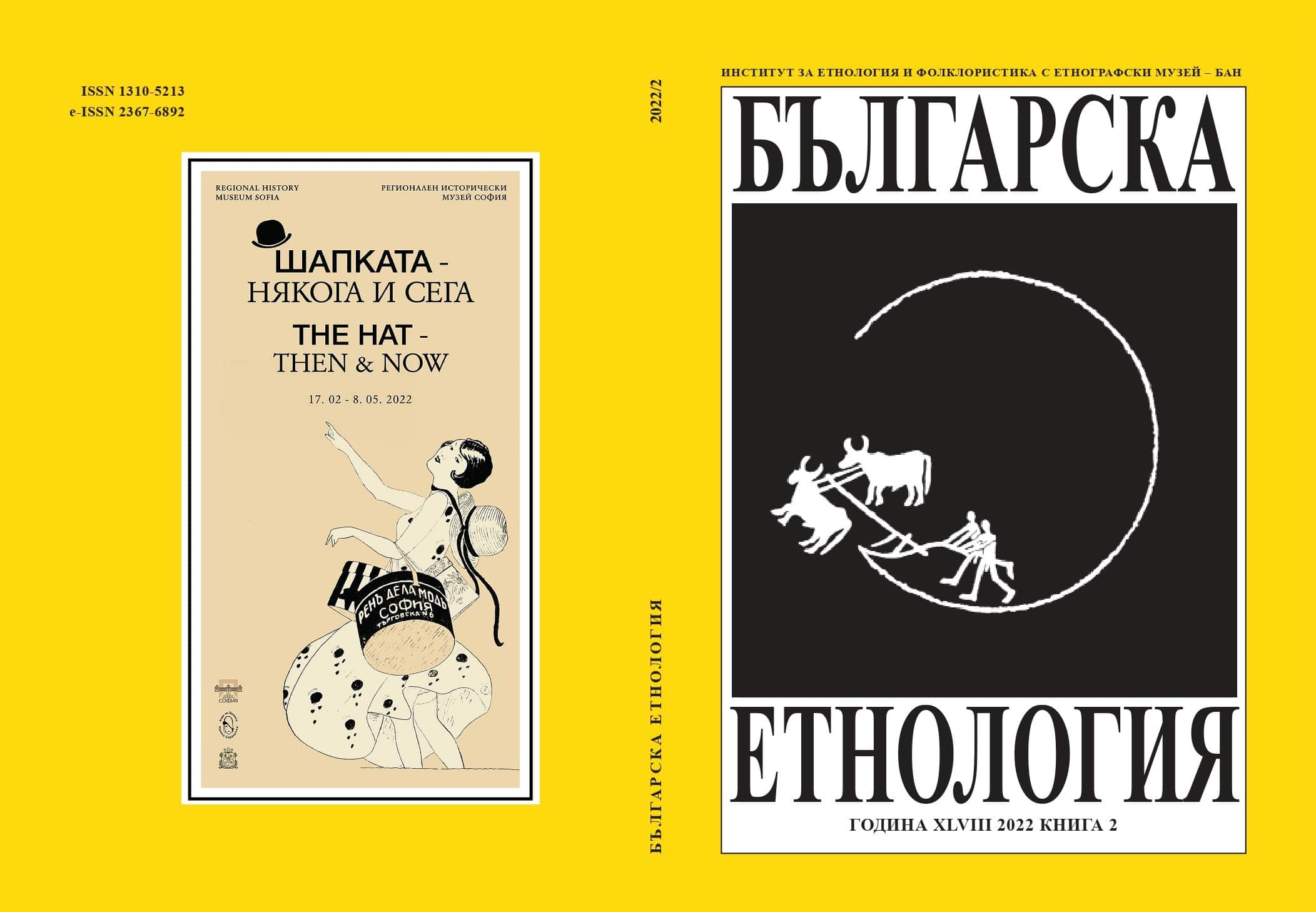
Keywords: votive stone sanctuaries; ornamentation; Novo Bardo; Kalotina
The article presents the votive stone sanctuaries from the villages of Novo Bardoand Kalotina, Sofia region. Most of them remained unpublished until now. Based on carved inscriptions and the analysis of the stylistic features, these monuments are dated between the beginning of the 19th and the middle of the 20th century. They were produced primarily in the stonecutter’s workshops of the nearby village of Gintsi. The most common shape is a pillar-based Greek cross with trapezoid-shaped arms – with or without transverse arcs. Today the votive stone sanctuaries are in various stages of preservation and are mostly destroyed or abandoned. The oldest votive stones are situated inside or around the village cemeteries, while the later ones are erected mainly in churchyards or agricultural fields. This observation reveals an intriguing local peculiarity. The shape and ornamentation of the votive stone monuments do not differ essentially from the local gravestones. That proves without a doubt that they were mass-produced and served various religious purposes.
More...